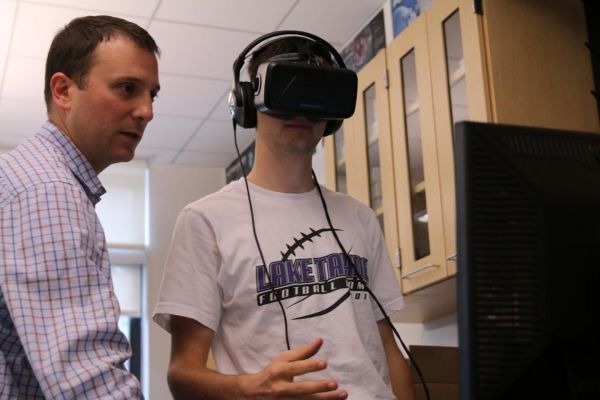Utter the words “ocean acidification” in mixed company, and you’ll probably get blank stares. Although climate change has grown steadily in the public consciousness, one of its most insidious impacts – a widespread die-off of marine ecosystems driven by carbon dioxide emissions – remains relatively unknown.
Enter virtual reality. In a new study, published Nov. 30 in Frontiers in Psychology, researchers at Stanford and the University of Oregon discovered that VR can be a powerful tool for improving environmental learning gains and attitudes. The researchers found that experiencing a simulation of ocean acidification’s effects spurred meaningful gains in people’s understanding of the issue.
“I believe virtual reality is a powerful tool that can help the environment in so many ways,” said study co-author Jeremy Bailenson, the Thomas More Storke Professor of Communication. “Changing the right minds can have a huge impact.”
New gear, wider reach
With the advent of affordable consumer-grade gear from companies such as Oculus Rift, Samsung and Microsoft, potential audiences for VR are expanding far beyond Stanford’s multimillion-dollar Virtual Human Interaction Lab.
Read more at Stanford University
Image: Brian Perone, a Stanford graduate student in education at the time of the research, assists a high school student with a virtual reality simulation of ocean acidification's effects. (Credit: Rob Jordan / Stanford Woods Institute for the Environment)


